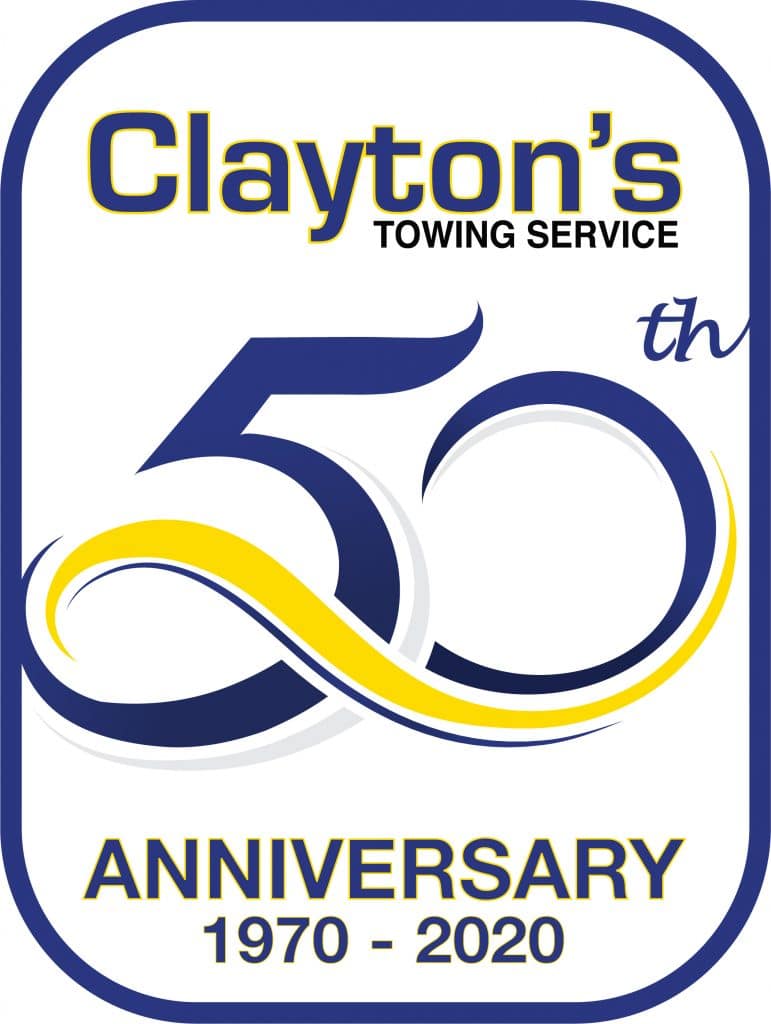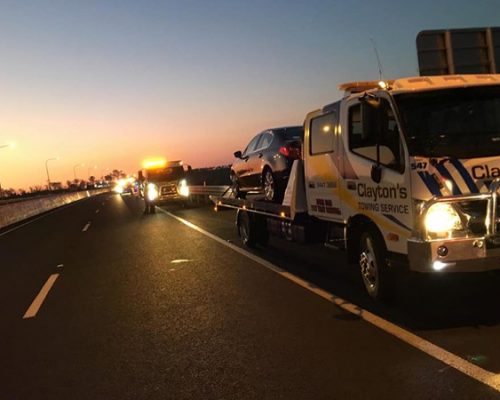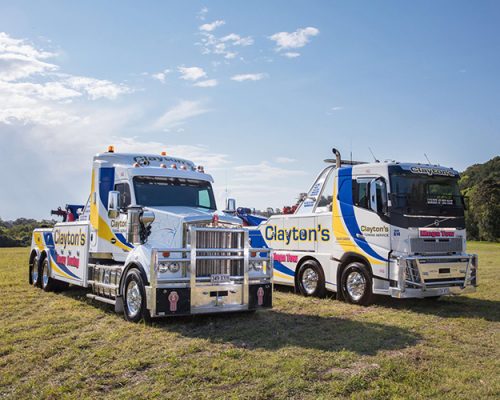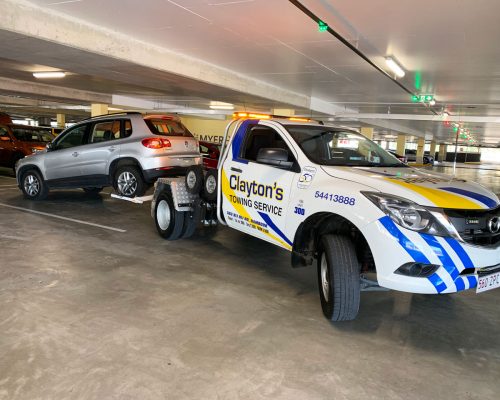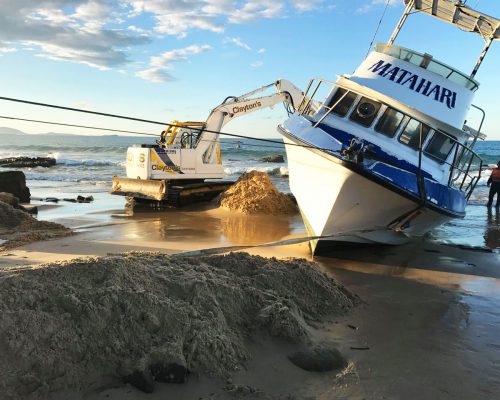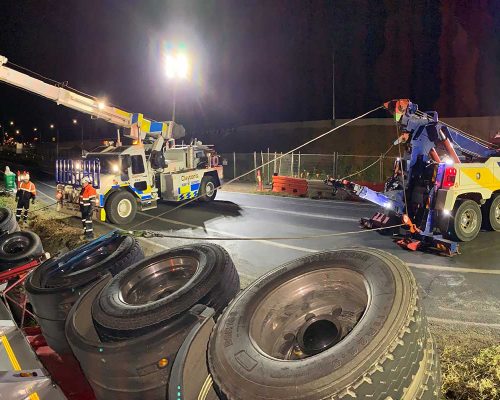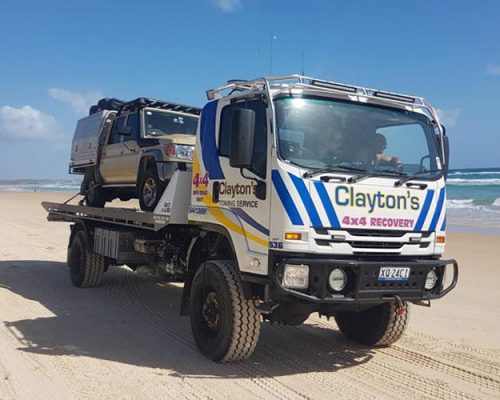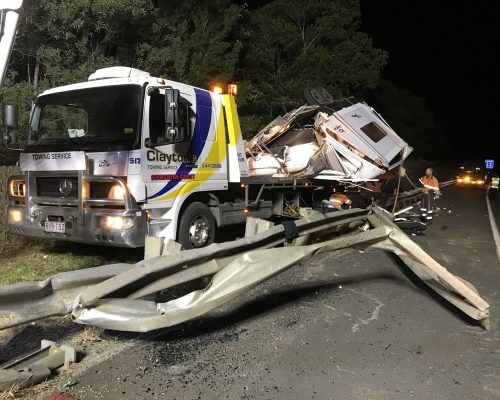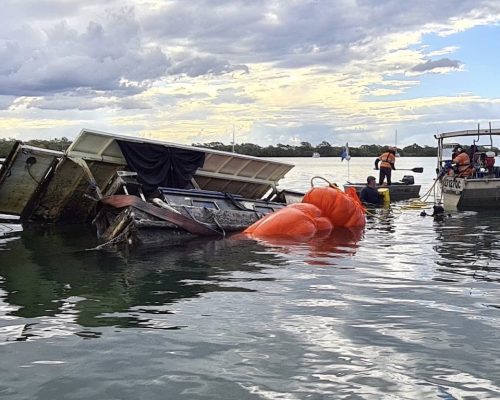Clayton's Towing provides Towing Service in Bundaberg
along with quality, safe & reliable towing solutions
Offering Bundaberg Towing Services, 24 Hours A Day, 7 Days A Week. Clayton's Towing provides Towing Services Queensland Wide. Our 24/7 Tow Truck Services in and around these areas include:
Location : Bundaberg
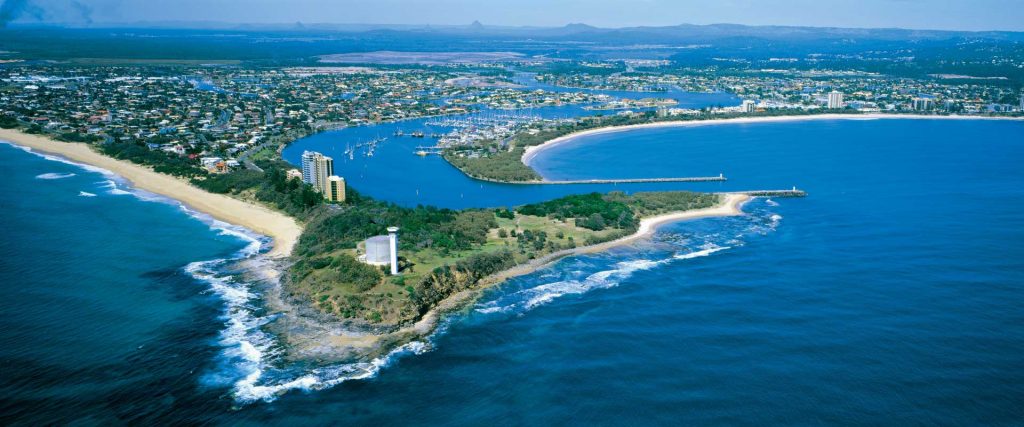
24/7 Towing Service Across Queensland
With depots in Beerwah, Caboolture, Childers, Kilcoy, Gympie, Mackay, Maleny, Maroochydore, Maryborough, Nambour, Nanango, Noosaville & Rockhampton, we service throughout Bundaberg and across South-East Queensland.
Check That We Service Your Location?
We Care About Our Service
At Clayton's we ensure the best for our customers with fully insured services, Industry Leading Equipment & Highly Qualified Staff to assist.
Offering Premium Services in Bundaberg at reasonable prices.
*Working with all major insurance providers throughout Australia
24 Hours, 7 Days A Week
With 24 Hour Towing Services, Our Dispatch Team is always available around the clock to take your call.
Fast Response Towing Service
Queensland's Most Comprehensive Fleet In Vehicle Towing & Recovery Services. With 12 depots across South-East Queensland.
50 Years Of Experience
Established on the Sunshine Coast. Now servicing Queensland with Professional, Reliable & Experienced Towing Solutions.
Clayton’s Towing Latest News! Keep up to date with the latest on our Vehicle Auctions, Career Opportunities or upcoming events.
Insurance Administrator - Nambour
Billing and Receipting Administrator - Nambour
Accounts Team Lead - Nambour
Customer Service Officer - Nambour
Bundaberg is a city in the Bundaberg Region, Queensland, Australia, and is the tenth largest city in the state. Bundaberg's regional area has a population of 70,921, and is a major centre of the Wide Bay–Burnett geographical region. The Bundaberg central business district is situated along the southern bank of the Burnett River, about 20 km (12 mi) from its mouth at Burnett Heads, and flows into the Coral Sea. The city is sited on a rich coastal plain, supporting one of the nation's most productive agricultural regions. The area of Bundaberg is the home of the Taribelang-Bunda peoples. Popular nicknames for Bundaberg include "Bundy" and "Rum city". The demonym of Bundaberg is Bundabergian.
The district surveyor, John Thompson Charlton designed the city layout in 1868, which planned for uniform square blocks with wide main streets, and named it ‘Bundaberg’. An early influence on the development of Bundaberg came with the 1868 Land Act, which was a famous Queensland via media, that aimed to create a class of Australian yeoman.Large sugarcane plantations were established throughout the 1880s, with industries of sugar mills, refineries, and rum distilleries that delivered prosperity to Bundaberg. These plantations used South Sea Islanders as indentured labourers, many of whom were blackbirded, a practice considered of form of slavery. The trade was outlawed in 1904, with most South Sea Islanders deported by 1906. Major floods in 1942 and 1954 damaged the river, ending Bundaberg's role as a river port and led to a new port at the mouth of the Burnett river. In the post-war era, Bundaberg continued to grow with its wealth tied to its sugar industry. In 2013, Bundaberg experienced record flooding from Cyclone Oswald, which was the worst disaster in the city's history.
The economy of Bundaberg is based primarily on agricultural, forestry, fishing and tourism, with a gross regional product at about $4.3 billion. Bundaberg also has a major distillery and brewery industry that exports to international markets. The city is served by the Port of Bundaberg and the Bundaberg Airport.
Bundaberg has a rich history and culture, along with its humid subtropical climate it is known for its weeping fig trees, dry stone walls, and historic plantations, including the Fairymead Plantation and the Sunnyside Sugar Plantation, the latter of which is the site of a mass grave. Other sites of South Sea Islander cultural significance include Sir Anthony's Rest atop the Bundaberg Hummock and the South Sea Islander Church. Bundaberg is also considered a paranormal hotspot, and is known for its ghost tours. Major cultural institutions include the Hinkler Hall of Aviation and the Bundaberg Regional Art Gallery. The city's culinary culture is highlighted by its annual 'Banquet on the Bridge', and an iconic rum and gin culture with Bundaberg Rum originating in the city.
Bundaberg is a popular tourism destination, the city's hinterland includes the historic towns of Childers and Gin Gin, Lake Monduran, Cania Gorge National Park and the Promisedland mountain bike trails. Bundaberg's coastal areas include Bargara and Mon Repos, Deepwater National Park, and the southernmost reaches of the Great Barrier Reef alongside the islands of Lady Musgrave and Lady Elliot.
Bundaberg is a city in the Bundaberg Region, Queensland, Australia, and is the tenth largest city in the state. Bundaberg's regional area has a population of 70,921, and is a major centre of the Wide Bay–Burnett geographical region. The Bundaberg central business district is situated along the southern bank of the Burnett River, about 20 km (12 mi) from its mouth at Burnett Heads, and flows into the Coral Sea. The city is sited on a rich coastal plain, supporting one of the nation's most productive agricultural regions. The area of Bundaberg is the home of the Taribelang-Bunda peoples. Popular nicknames for Bundaberg include "Bundy" and "Rum city". The demonym of Bundaberg is Bundabergian.
The district surveyor, John Thompson Charlton designed the city layout in 1868, which planned for uniform square blocks with wide main streets, and named it ‘Bundaberg’. An early influence on the development of Bundaberg came with the 1868 Land Act, which was a famous Queensland via media, that aimed to create a class of Australian yeoman.Large sugarcane plantations were established throughout the 1880s, with industries of sugar mills, refineries, and rum distilleries that delivered prosperity to Bundaberg. These plantations used South Sea Islanders as indentured labourers, many of whom were blackbirded, a practice considered of form of slavery. The trade was outlawed in 1904, with most South Sea Islanders deported by 1906. Major floods in 1942 and 1954 damaged the river, ending Bundaberg's role as a river port and led to a new port at the mouth of the Burnett river. In the post-war era, Bundaberg continued to grow with its wealth tied to its sugar industry. In 2013, Bundaberg experienced record flooding from Cyclone Oswald, which was the worst disaster in the city's history.
The economy of Bundaberg is based primarily on agricultural, forestry, fishing and tourism, with a gross regional product at about $4.3 billion. Bundaberg also has a major distillery and brewery industry that exports to international markets. The city is served by the Port of Bundaberg and the Bundaberg Airport.
Bundaberg has a rich history and culture, along with its humid subtropical climate it is known for its weeping fig trees, dry stone walls, and historic plantations, including the Fairymead Plantation and the Sunnyside Sugar Plantation, the latter of which is the site of a mass grave. Other sites of South Sea Islander cultural significance include Sir Anthony's Rest atop the Bundaberg Hummock and the South Sea Islander Church. Bundaberg is also considered a paranormal hotspot, and is known for its ghost tours. Major cultural institutions include the Hinkler Hall of Aviation and the Bundaberg Regional Art Gallery. The city's culinary culture is highlighted by its annual 'Banquet on the Bridge', and an iconic rum and gin culture with Bundaberg Rum originating in the city.
Bundaberg is a popular tourism destination, the city's hinterland includes the historic towns of Childers and Gin Gin, Lake Monduran, Cania Gorge National Park and the Promisedland mountain bike trails. Bundaberg's coastal areas include Bargara and Mon Repos, Deepwater National Park, and the southernmost reaches of the Great Barrier Reef alongside the islands of Lady Musgrave and Lady Elliot.



